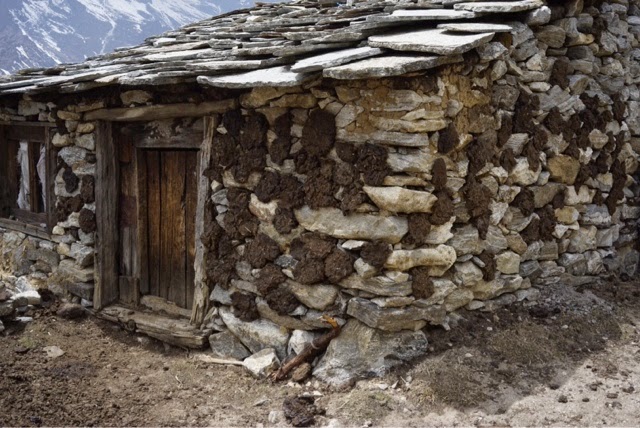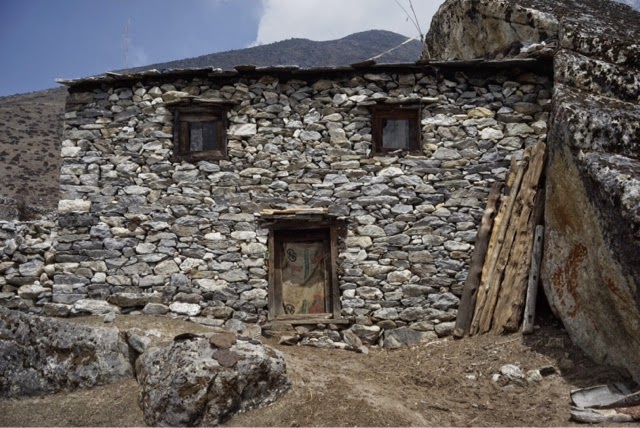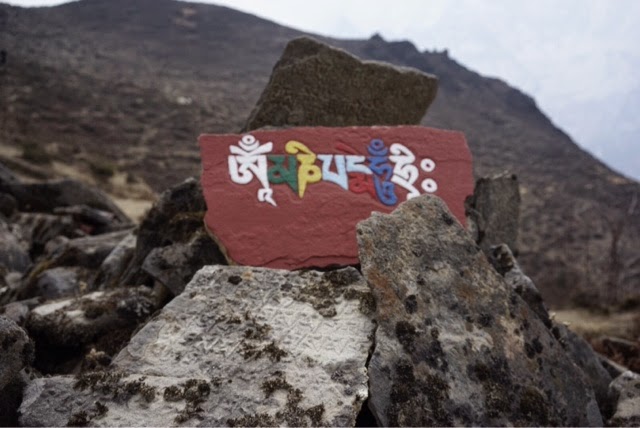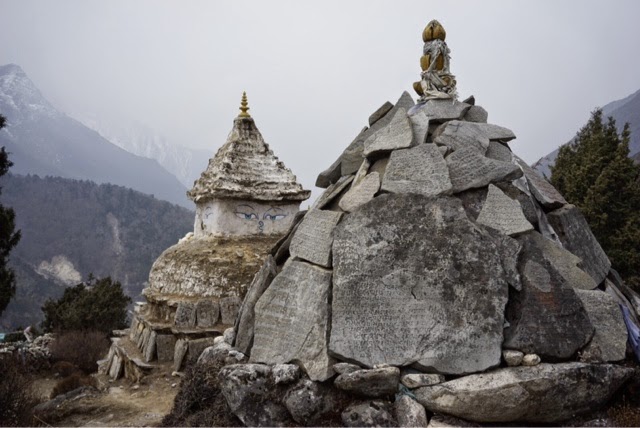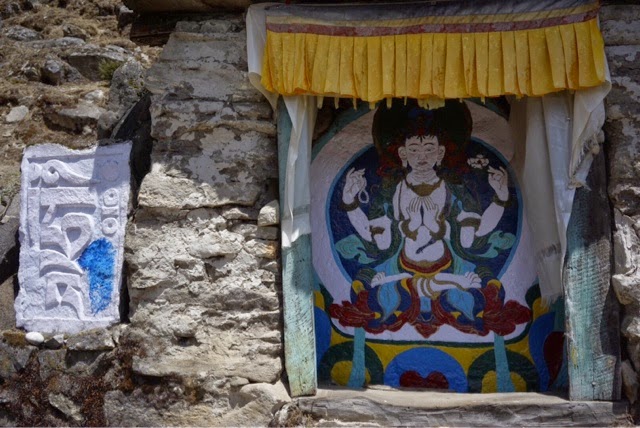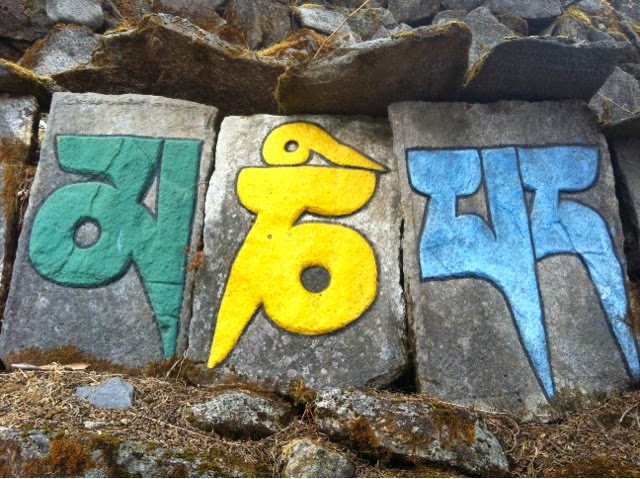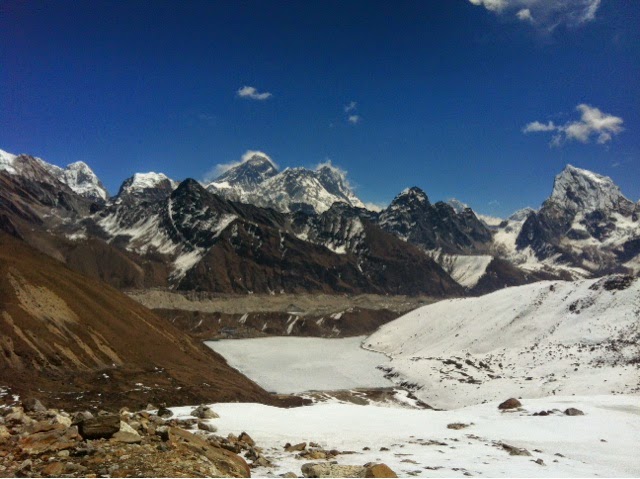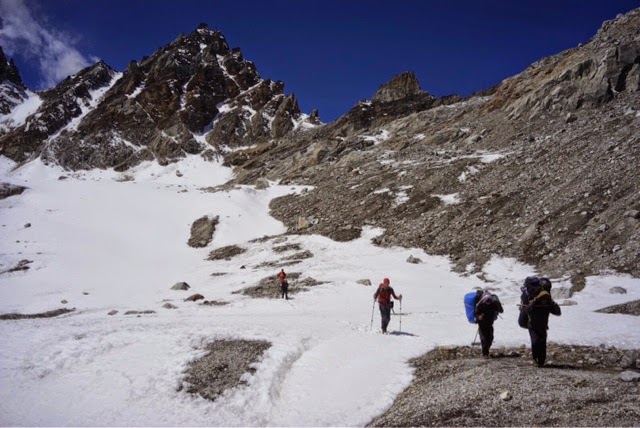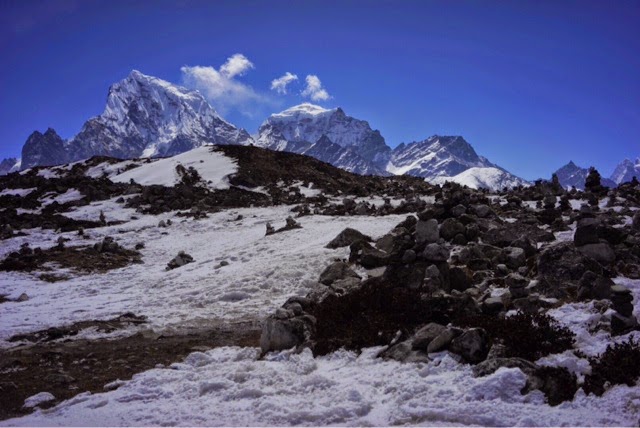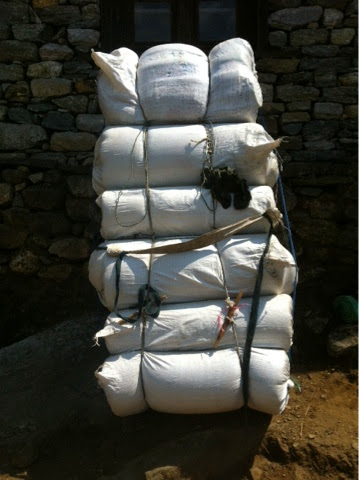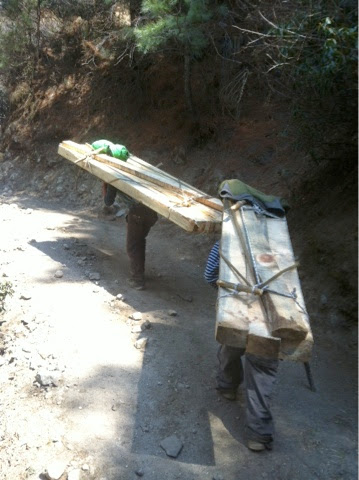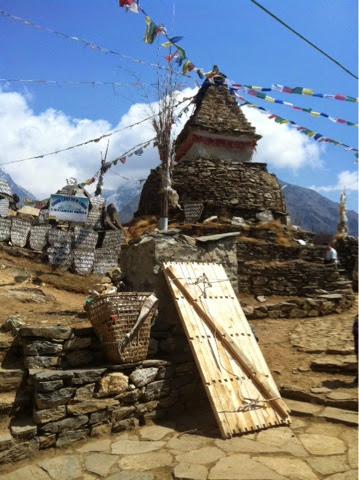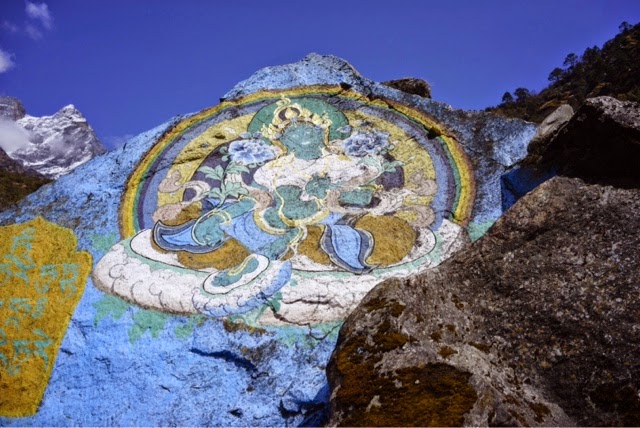Looking forward to using these on Everest
complete with fixing mount for the super light Sony a7R I’ll have with me
and a Canon 5d MkIII
and a Gitzo tripod
and some Bushman Panoramic heads

and a prototype Rab down suit
and some Mountain Fuel
and an M60 Sunload solar charging kit
and some EDZ touchscreen smartphone gloves
Now then …. where did I put my extra large kitbag?
| When you know your gear you also know immediately when you have done something incorrect – it just feels different. |
For more information about what skills are required then have a look at this page of suggestions as well as some notes on how to use jumars on fixed ropes
 |
| It will have been much more tricky for this guy to put his crampons on the wrong feet than to put them on the right feet. |
 |
| On a slope where you want to have perfect footwork and you need your technique to be just so it can all end up going drastically wrong when a crampon pops off because of a compatibility issue. |
A very good editorial piece in The Times today. Hadn’t read it when I sent my last Blog update an hour or so ago but I’ll quote the bit that I think sums it all up:
‘To make it safer, Nepalese authorities are considering installing fixed ladders up the Step for the climbing season. Their motives are laudable but their solution is wrong.
‘Every year Sherpas already fix safety ropes all the way up the Step, mainly for the use of high paying clients of commercial expeditions. These make it technically straightforward even for inexperienced climbers. What no amount of extra equipment bolted to the rock can do is turn amateur adventurers who spend most of the year in an office into elite mountaineers. Ladders might, in fact, fool more people into thinking Everest is no more than an arduous hike.
‘The chance of climbing Everest is open to anyone, and the local economy depends on those who pay to compensate for lack of experience or fitness. The way to keep the death toll in the “death zone” down is not to pretend the climb is easy. It is to remind people that it is hard.’
I couldn’t have put it better and more succinctly myself.
In the last few days there has been furious debate on the news and in social media circles about whether ladders will be installed on the Hillary Step as if this is going to be a solution to the congestion that can occur on summit day. When there are only a few folk around on summit night it won’t make much difference, but when there are a reasonable number of folk it could actually make the situation worse.
There are a number of problems about getting ladders to the Hillary Step in the first place and this will be a particularly hazardous venture. How on earth can the expedition companies and wannabe summiteers possibly justify putting the lives of Climbing Sherpas at risk just to potentially shave a few minutes off the time it takes to negotiate the Hillary Step? And once they are there there will be an assumption of safety – a bit like assuming that all bolts are safe when rock climbing – which may compromise people who aren’t judicious in their assessment of the situation. And then there is the danger of getting hung up on a ladder whether that be a person slipping and ending upside down with their leg jammed between a rung and the rock or catching clothing or equipment on a part of the ladder and not being able to extricate themselves accordingly.
You don’t need to be a climber to climb Everest – but personally I am a firm advocate of the fact that if you are coming to Everest from a climbing and mountaineering background then you will be better placed to be able to cope with the ever changing conditions on the hill. Not only your ability to react to the changes throughout the day, or the changes in the weather, but also the ability to react to the ever changing terrain – which includes your ability to safely negotiate through the Khumbu Icefall, tackle steep icy slopes on The Lhotse Face and scramble or climb up and over The Yellow Band, The Geneva Spur and The Hillary Step.
I am not saying that non climbers need not apply … but that non climbers ought to at least take some form of responsibility for themselves and get suitably well versed prior to the trip. See the list of skills I recommend aspirants should have.
As ever I will bore you with my analogy that if someone was going to do The London Marathon they would undoubtedly get off the sofa and on to the roads and down to the gym. After a reasonable amount of training they would probably sign up for the odd half marathon and then up the training schedule towards the time of the event. Equally you would’t expect to be able to free fall from a plane or do a 45m Scuba dive without first having done some training and possibly some courses to gain certification. So why do people expect that they can just attempt Everest? And when they do attempt it and either fail miserably or die in the process why is everyone up in arms and surprised about it? Sadly there are people who die every year during marathons around the world but people aren’t shouting from the roof tops that marathons should be banned or regulated or that the cost should be increased.
There will always be the programmes on the telly about the inexperienced chap or chappesse who climbed Everest, and this will always attract the occassional non-climbing-mid-life-crisis-armchair-mountaineer … but what they don’t realise is that perhaps the person on the programme was naturally predisposed to being good at altitude, maybe they had actually done a bit of training and the programme wasn’t fully honest, maybe they had a very good team of Climbing Sherpas, lots of oxygen and brilliant weather conditions. And maybe they were just plain lucky.
The wannabe Everest summiteer then signs up with a cheap crappy company who don’t have a good handle on logistics, don’t have very good Climbing Sherpas, don’t have enough (or even any) oxygen, don’t have a strict 1:1 summit day client / Sherpa ratio, don’t have weather forecasting, don’t mentor their clients during the trek in, don’t have high altitude medication issued to everyone AND know how to use it, don’t train their clients in oxygen protocols etc etc. And then that person, who is already a liability to themselves, becomes a liability to everyone around them.
Am I going to feel a duty of care to that person or am I going to try and make sure that my clients are nowhere near them and are not being endangered as a consequence? The latter for sure.
 |
| The 2nd step. A slightly bigger cliff than the Hillary Step.
© Stuart Holmes www.lakespanorama.co.uk
|
So back to the thorny issue of ladders on The Hillary Step. Yes there is a ladder on The Second Step on the North side of Everest but this is a slightly different proposition and it would not be correct to try and compare like for like. The Second Step is a much steeper and much more difficult piece of terrain and without the ladder there would be a huge risk of people succumbing to exhaustion trying to ascend this rocky corner. The Hillary Step is a much smaller rocky outcrop and can be negotiated in a matter of minutes by well versed climbers. A ladder, or ladders, may well give people a false sense of security and encourage more climbers to try and attempt the summit on the same window.
This is akin to there being a good weather forecast on a Bank Holiday Monday, a couple of crappy days and then an equally great forecast on the Thursday of the same week. If you can take a day off work mid week when are you going to travel from London to Brighton? Sure, if you go on the Monday you could start early to avoid the queues but undoubtedly at some stage of the day it will be busy on the roads, busy in the car parks, busy in the shops, on the beach and in the pubs and cafes. So surely going on the Thursday when it is quiet would be a better solution? Avoid the queues rather than add to the queues.
Challenge by choice comes in to effect and this should, to a certain extent, equally apply to Everest.



